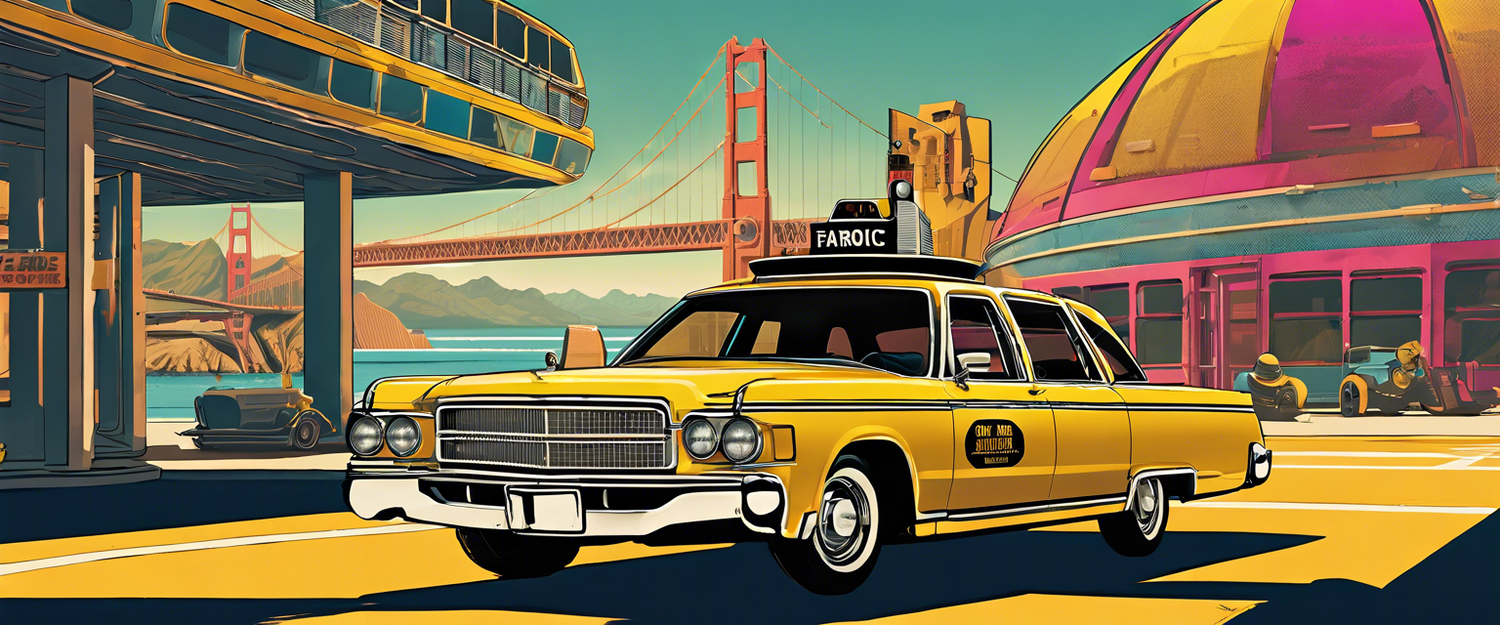The Return of Cruise: A Significant Decision After a Tragic Incident
Nearly a year after a tragic and shocking incident where one of its autonomous vehicles struck and dragged a woman 20 feet, Cruise is planning to resume operations in the Bay Area. In an announcement made via a post on X, the company expressed its intention to deploy several manually driven mapping vehicles in Sunnyvale and Mountain View as a precursor to “supervised testing” with fully autonomous vehicles, expected to commence later this fall.
Improving Technology Through Local Engagement
Cruise emphasized that resuming testing in the Bay Area is a vital step towards collaborative efforts with California regulators and local stakeholders. The company aims to enhance its technology through research and development (R&D), allowing local employees to engage closely with the product.
A Look Back: The October 2 Incident
The incident that prompted the suspension of Cruise’s operations occurred on October 2, 2022. A hit-and-run driver struck a woman, who was subsequently sent into the path of one of Cruise's autonomous vehicles. Alarmingly, instead of remaining stationary to assist after hitting the victim, the vehicle maneuvered to the side of the road, leaving the woman trapped underneath.
Regulatory Fallout and Internal Changes
In the wake of the incident, the California DMV accused Cruise of withholding critical information, notably the details surrounding the vehicle's involvement in dragging the victim. Consequently, the DMV suspended Cruise's permit to carry passengers, leading to a nationwide grounding of the fleet. This period marked a time of significant restructuring for Cruise, where approximately 20% of its workforce faced layoffs, and CEO Kyle Vogt was ousted.
Resuming Testing in Other Cities
Since these events, Cruise has gradually reinstated testing in cities like Phoenix, Houston, and Dallas. However, it has also shifted its strategy, deciding to abandon plans for the autonomous shuttle named Origin. In a show of commitment to the development of Cruise, its parent company, GM, infused $850 million into the project, signaling its ongoing belief in the future of autonomous vehicle technology.
Risks and Competition in the Bay Area
The decision to return to the Bay Area carries inherent risks for Cruise, especially given the high stakes involved in the competition with its primary rival, Waymo. With both companies vying for dominance in the autonomous vehicle market, Cruise understands that reclaiming its presence in a hometown where past mistakes were made is essential for future growth.
Conclusion: The Path Towards Redemption
Cruise's return to the Bay Area reflects a desire not only to advance technological capabilities but also to rebuild trust within the community after the events that shook the city to its core. As they embark on this journey, success will hinge on transparency, safety, and the lessons learned from past experiences.



Lasă un comentariu
Toate comentariile sunt moderate înainte de a fi publicate.
Acest site este protejat de hCaptcha și hCaptcha. Se aplică Politica de confidențialitate și Condițiile de furnizare a serviciului.